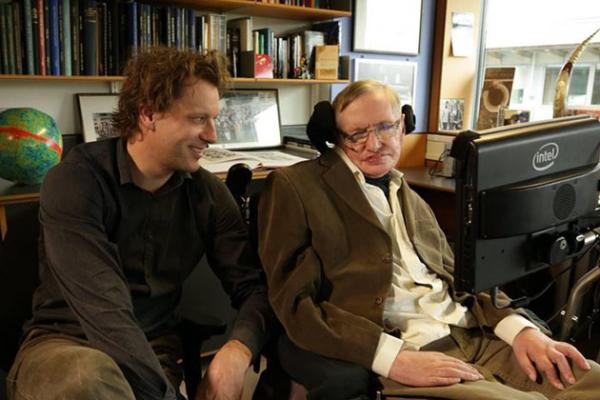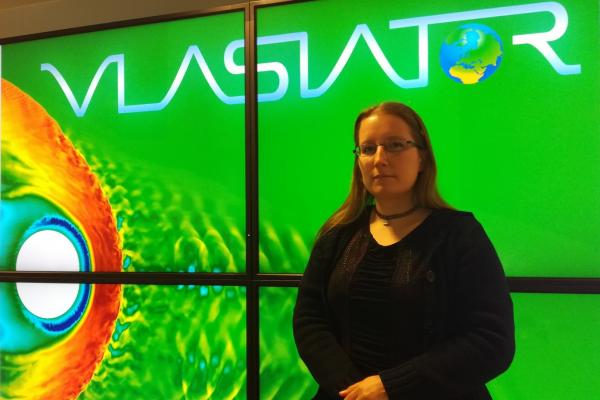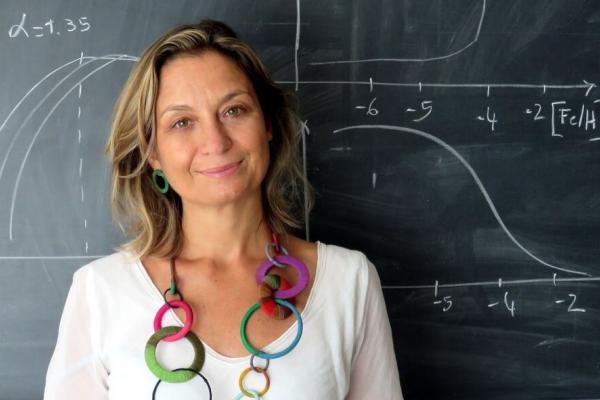A theory developed with the late Professor Stephen Hawking stating that the universe is more simple and uniform than current models suggest was so shocking that it had to be sat on for a while before…
The world’s largest radio telescope, known as the Square Kilometre Array (SKA) and situated over two continents, will be able to detect the first stars and galaxies emerging from the ‘murk’ at the…
Studying environments that are similar to Mars, and their microbial ecosystems, could help prepare biologists to identify traces of life in outer space.
Few would be surprised to learn that the sun is very, very hot. At its surface, the temperature is several thousand degrees Celsius.
The search for alien life with next-generation telescopes, a self-healing heart capable of restarting itself, and safer roads with smarter cars are expected to feature as the some of the key…
Understanding more about how solar storms interact with the outermost part of Earth's environment, known as the foreshock, could refine space weather forecasts to predict their effects at a local…
Astronomers have witnessed a collision between two neutron stars for the first time, thanks to a tie-in between gravitational wave observatories and 70 telescopes around the world.
Orbiting the sun from far beyond planet Neptune, the recently discovered planetoid Haumea is a fast-spinning elongated object, completing one rotation every four hours. Now, following fresh…
It's easy to picture a black hole as a kind of all-powerful cosmic drain, a sinkhole of super-strong gravity that snags and swallows passing nebulae or stars. While it is true we can’t observe matter…
Ancient black holes hidden away in deep space have left behind nuclear clues about the first-ever stars, according to Professor Raffaella Schneider from the Department of Physics of Sapienza…














